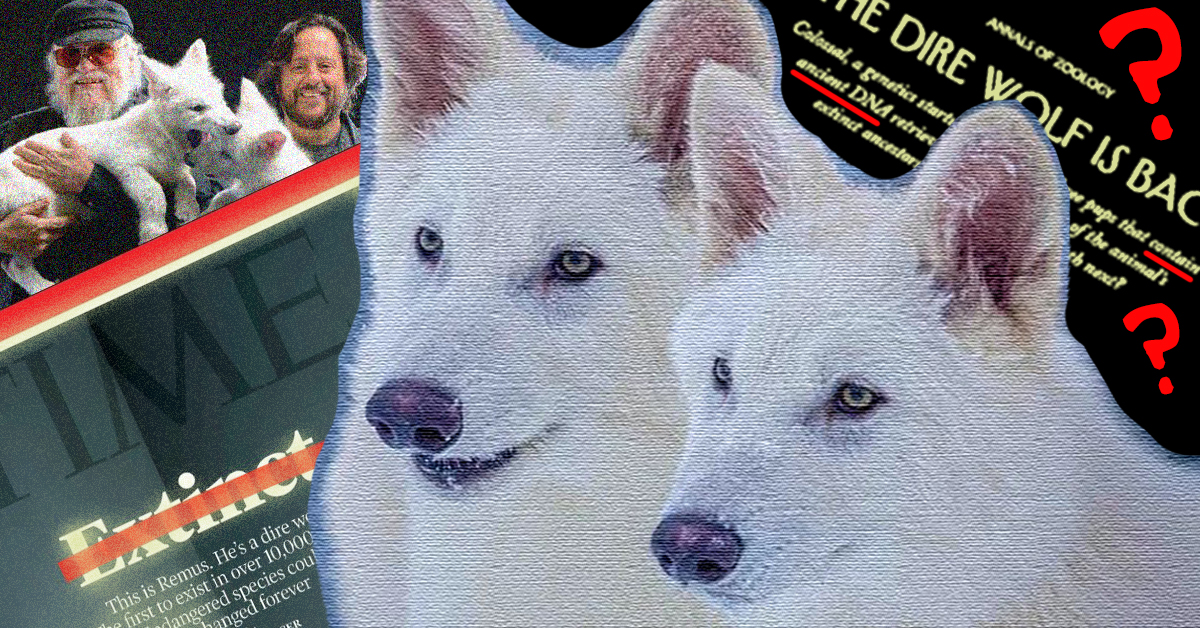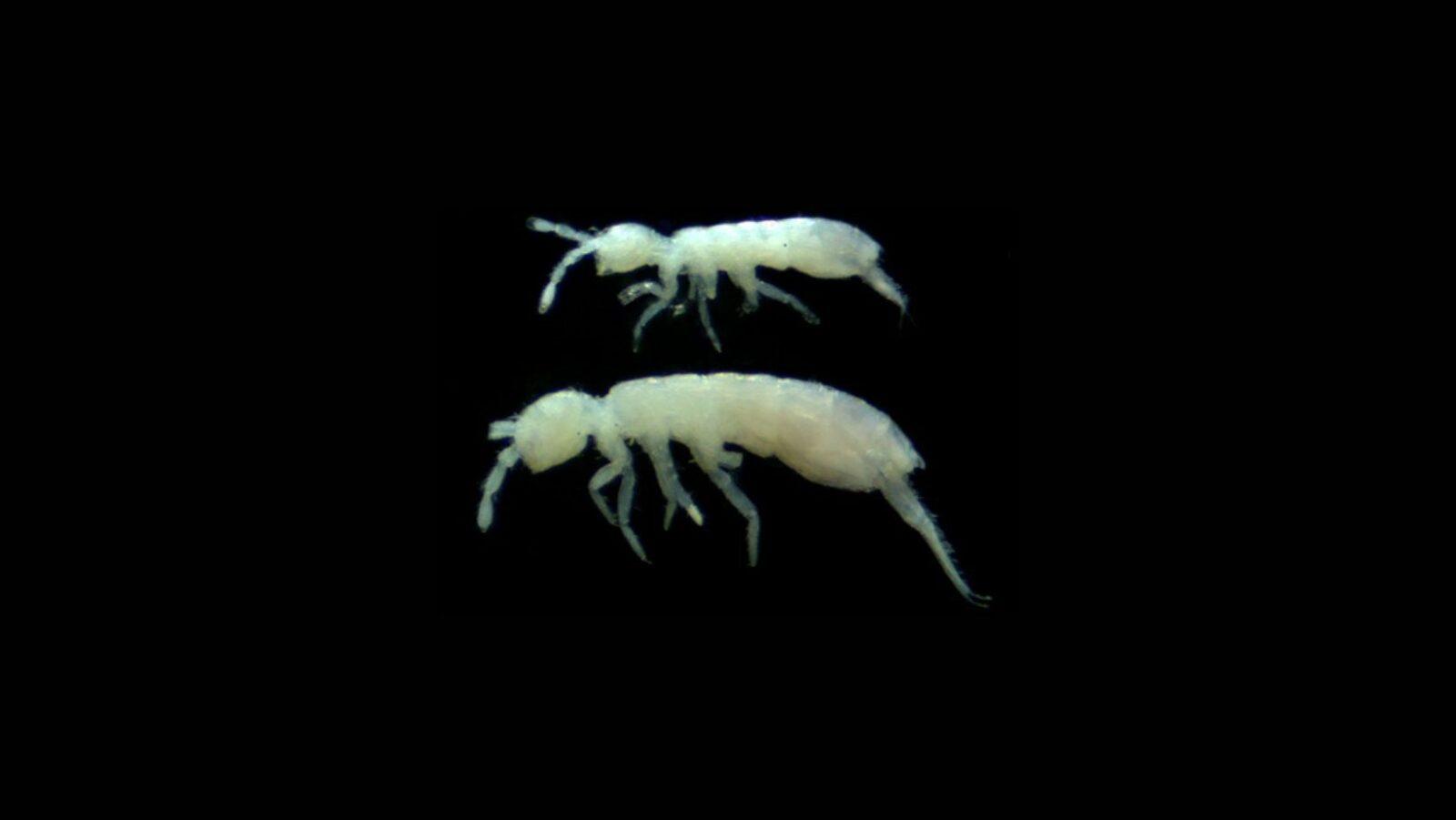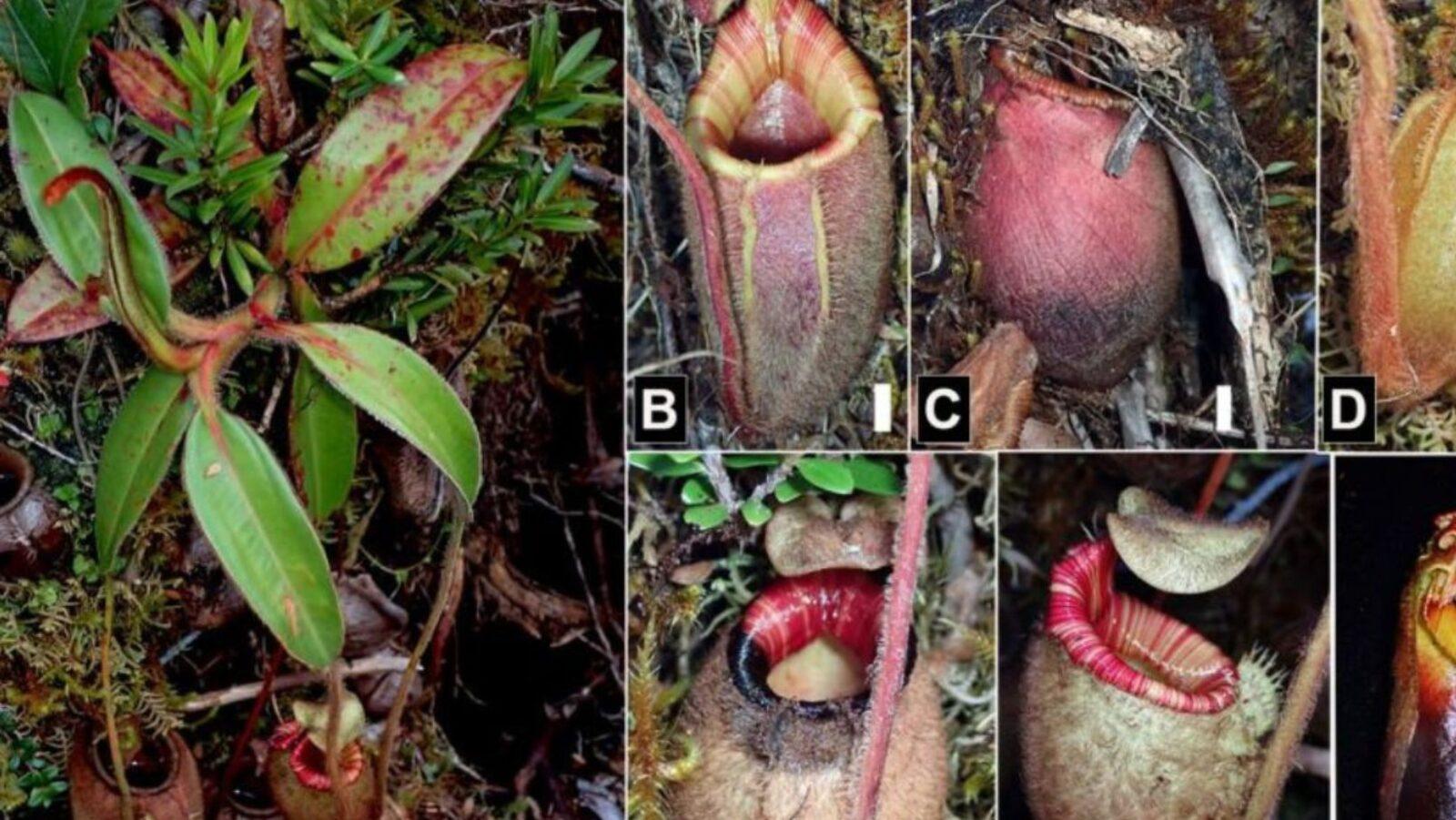The UN’s Intergovernmental Panel on Climate Change (IPCC) recently issued a report emphasizing the grave state of the world’s climate. Authored by over 90 scientists, the report stated that we are heading towards global warming at 1.5 degrees Celsius by 2040 at the earliest. The consequences will be disastrous: rising water levels, a sharp decrease in food availability, uncontrollable temperatures, increased species extinctions, and the death of 70 to 90 per cent of the world’s coral reefs.
Meanwhile, Philippine divers and marine conservationists have already seen a disturbing decline in our reefs.
Coral grief
Coral bleaching typically occurs alongside rising water temperatures, increased pollution levels, or intense solar light. These environmental stressors cause corals to expel the symbiotic algae (called zooxanthellae) residing in their tissues. As a result, corals lose not only their color, but also 80% of their food. While corals can survive bleaching events, the likelihood of them dying increases tremendously. For starters, bleached corals are at higher risk of suffering from black band disease and other afflictions. They are also unable to protect coastlines from waves, provide habitats for marine organisms, and perform other critical roles in their ecosystem.

A bleached colony of Acropora recorded during the surveys in Mancagangi marine protected area in Surigao del Sur. (Image: Arah Narida/Haribon Foundation)
In July 2017, the United States’ National Ocean and Atmospheric Administration (NOAA) flagged the bleaching status of eastern Philippine reefs at Level 2, the highest alert level.
According to the Haribon Foundation, corals both within and outside 19 marine protected areas (MPAs) in Lanuza Bay, Surigao del Sur were bleaching “between depths of three (10 feet) to 30 meters (98 feet), left and right.”
Fortunately, while our corals have already suffered, the damage is far from irreversible.
Reef relief
An initiative that began in 1997, the International Year of the Reef (IYOR) is a worldwide effort to invite individuals and organizations to take more active roles in reef preservation. The International Coral Reef Initiative marked 2018 as the third IYOR. IYOR efforts focused on strengthening partnerships among international stakeholders to enhance reef management and conservation.
In the Philippines, community-based organizations and local government units manage and monitor Lanuza Bay’s MPAs. Meanwhile, organizations such as Haribon provide vital support to the Marine Protected Area Support Network (MSN), the Philippine Coral Bleaching Watch, and other coordinated conservation efforts. Haribon also works with the Department of Environment and Natural Resources (DENR), the Global Environment Facility (GEF), and the United Nations Development Programme (UNDP) in assisting with Lanuza Bay MPA management efforts via its SMARTSeas program.
Haribon Foundation for the Conservation of Natural Resources, Inc. is a membership organization committed to nature conservation through community empowerment and scientific excellence. Hatched in 1972, it is the pioneer environmental organization in the Philippines. Haribon’s natural and social scientists work with communities and people from all levels governance to promote biodiversity conservation. Become a Haribon member today by registering at bit.ly/joinHF and e-mail to membership@haribon.org.ph.
Cover photo: Tom Fisk/Pexels
References
- dela Rosa, G. (Jan. 16, 2018.) “PH reef status calls for urgent attention”. Retrieved from http://www.haribon.org.ph/index.php/news/item/301-ph-reef-status-calls-for-urgent-attention.
- Ecological Society of America. (Oct. 3, 2009.) “Coral Bleaching Increases Chances Of Coral Disease”. Retrieved from https://www.sciencedaily.com/releases/2009/10/091001164058.htm.
- Kilvert, N. (Oct. 8, 2018.) “IPCC issues dire climate warning, says coal must go to save Great Barrier Reef”. Retrieved from http://www.abc.net.au/news/science/2018-10-08/ipcc-climate-change-report/10348720.
Author: Mikael Angelo Francisco
Bitten by the science writing bug, Mikael has years of writing and editorial experience under his belt. As the editor-in-chief of FlipScience, Mikael has sworn to help make science more fun and interesting for geeky readers and casual audiences alike.







